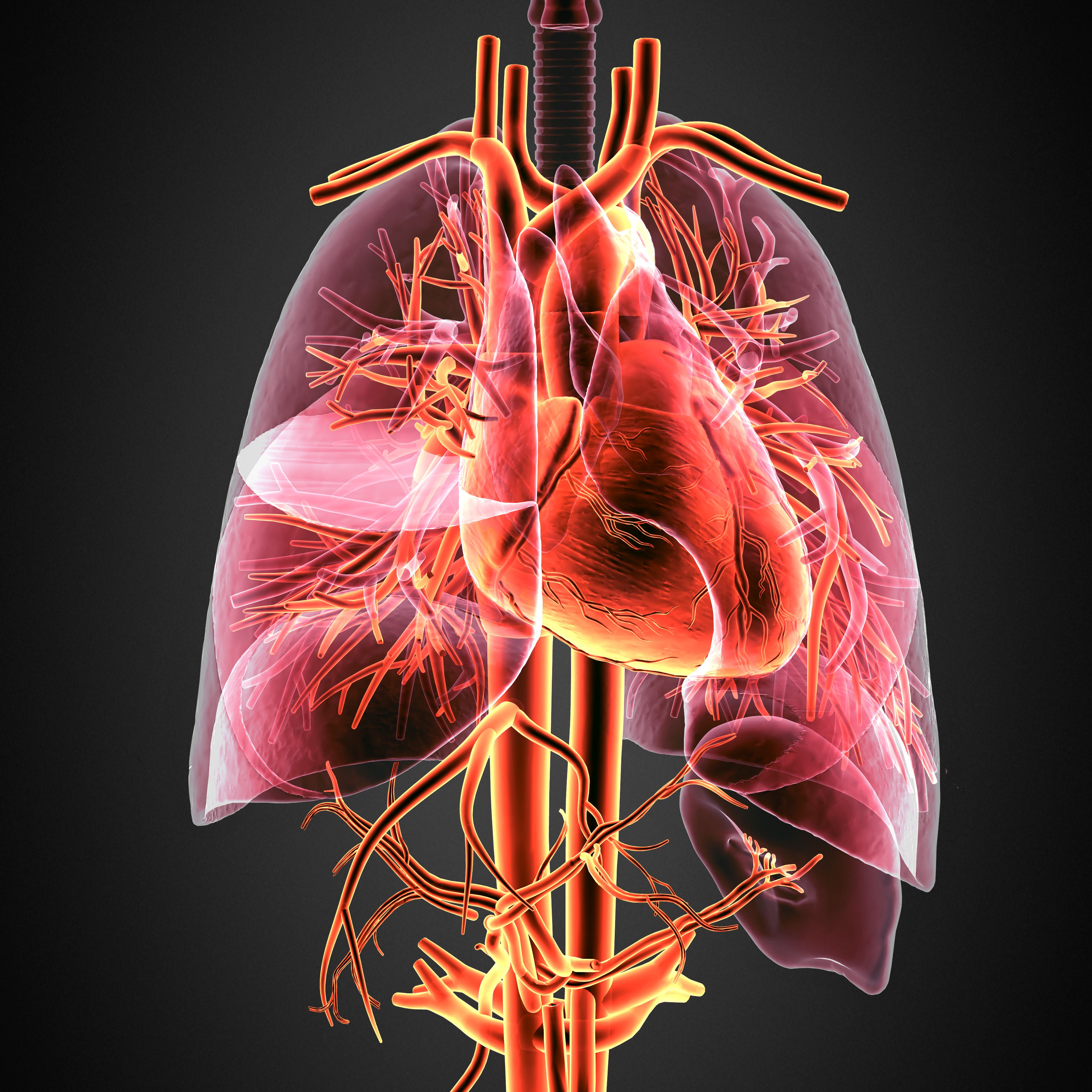Article
Lumasiran Approved for Patients With Primary Hyperoxaluria Type 1
Author(s):
Lumasiran works by inhibiting the production of oxalate.
Lumasiran is approved as the first drug for the treatment of patients with primary hyperoxaluria type 1 (PH1).
Patients with this rare metabolic disorder produce excess oxalate, which, when combined with calcium, can cause kidney stones and loss of kidney function. Lumasiran works by inhibiting the production of oxalate.
The approval of lumasiran, which is cleared for both adult and pediatric patients, was supported by data from the phase 3 ILLUMINATE-A and ILLUMINATE-B studies. The studies were presented last fall at the American Society of Nephrology’s Kidney Week.
The phase 3 open-label ILLUMINATE-A trial included 39 patients aged ≥6 years with PH1. Overall, 26 patients were randomized to lumasiran and 13 were randomized to placebo.
In the treatment arm, patients received subcutaneous lumasiran monthly for 3 months followed by quarterly maintenance doses at 3 mg/kg. The primary outcome measure was percent change in 24-hour urinary oxalate excretion from baseline to month 6.
Among patients in the lumasiran arm, there was a 65% average reduction of oxalate in the urine compared with an average reduction of 12% in the placebo arm. Over half (52%) of patients receiving lumasiran achieved a normal 24-hour urinary oxalate level at 6 months, compared with no patients in the placebo group.
Regarding safety, investigators determined the drug to be safe and tolerable. No severe or serious adverse events (AEs) were reported and there were no patient deaths.All AEs were mild to moderate. The most common AE was injection site reactions, which occurred in 35% of patients.
The open-label, single-arm phase 3 ILLUMINATE-B trial evaluated lumasiran in patients aged under 6 years with PH1. Among 16 evaluable pediatric patients, lumasiran treatment led to an average decrease of 71% in urinary oxalate at the 6-month point of the study.
Lumasiran is also approved in the European Union for the treatment of PH1 in both pediatric and adult patients.
The investigators reported that lumasiran had an acceptable safety profile in the pediatric population. No patients discontinued treatment or withdrew from the study, and no severe AEs or patient deaths occurred. The most common AE was mild injection-site reactions, which occurred in 3 patients. Also, there were no clinically relevant changes in laboratory measures, vital signs, or electrocardiograms.
According to the FDA, approximately 80% of all PH cases are PH1, and the rare disease affects an estimated 1 to 3 people per million in North America and Europe.
Lumasiran has received Orphan Drug Designations in both the United States and Europe as well as Breakthrough Therapy and Rare Pediatric Disease Designations from the FDA.





